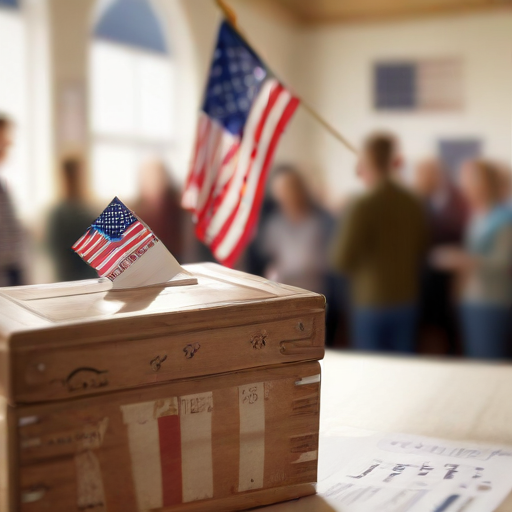The Electoral College is a distinctive system used in the United States for electing presidents, setting it apart from a straightforward popular vote. This institution has significant implications for how candidates strategize and secure victories in elections. Notably, past Republican candidates like Donald Trump and George W. Bush have triumphed in the Electoral College despite losing the popular vote, raising concerns among some Democrats about inherent biases toward Republican candidates. They advocate for a direct majority vote instead; however, changing this system would necessitate a constitutional amendment as established by the nation’s founders.
As the upcoming presidential election approaches on November 5, a closer examination of the Electoral College is timely. Comprising 538 members, this body elects the president by allocating electoral votes based on state-by-state popular votes. A candidate requires 270 of these electoral votes to be elected.
In rare instances, there could be a 269-269 tie in electoral votes, at which point Congress would be responsible for deciding the presidency. The structure of the Electoral College means that votes are weighted differently across states, influencing campaign strategies significantly; candidates tend to concentrate their efforts on swing states which can fluctuate in their voting patterns rather than focusing on states where the outcome is considered decided.
Electors are determined by the number of House representatives and senators from each state. Even though the District of Columbia is not a state, it possesses three electoral votes. After elections are certified, electors meet in their states to confirm their votes, with the official count conducted by Congress on January 6. Lawmakers can object to a state’s results, but guidelines have been recently updated to clarify this process and limit challenges.
California leads with the highest number of electoral votes at 54, while several states, including Alaska and Delaware, have the minimum of three.
The unique structure of the Electoral College often generates debates about fairness and representation in American democracy. Still, it compels candidates to engage with diverse voter bases across various states, highlighting the importance of every region in the national conversation. As the political landscape evolves, discussions around potential reforms may continue, encouraging citizens to remain engaged in the democratic process.
In summary, while the Electoral College system may appear complex and sometimes contentious, it serves a vital role in American elections, fostering a nationwide dialogue and encouraging political participation across diverse regions. As the population shifts and opinions vary, the ongoing discourse surrounding this system reflects the dynamic nature of democracy itself.
